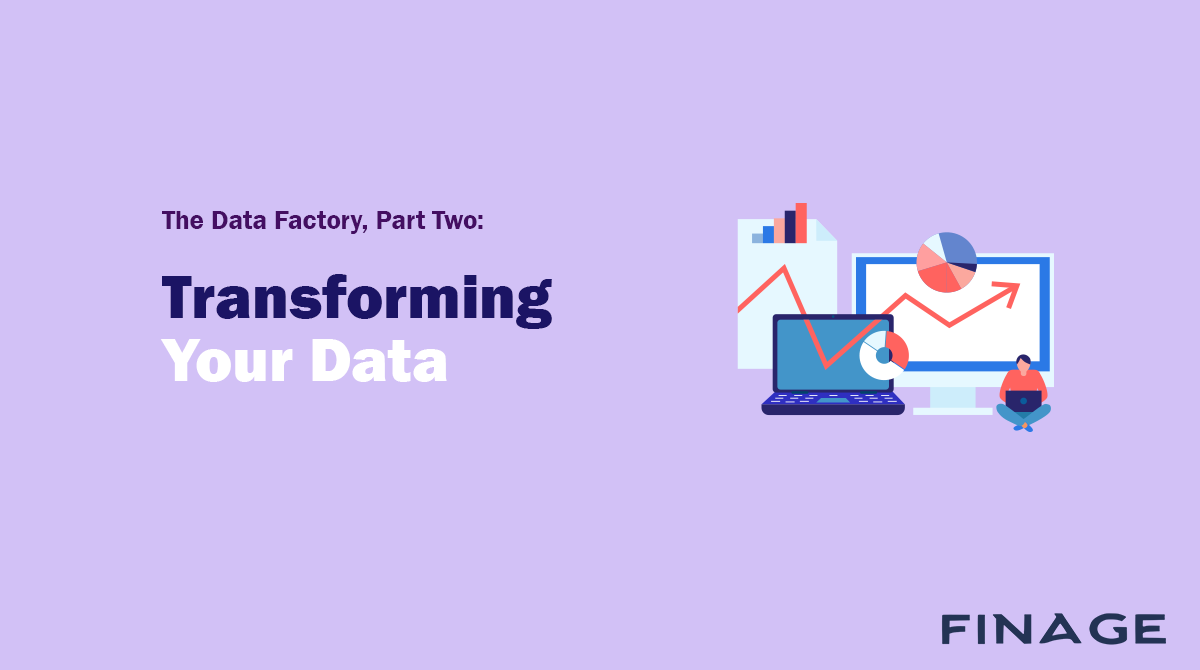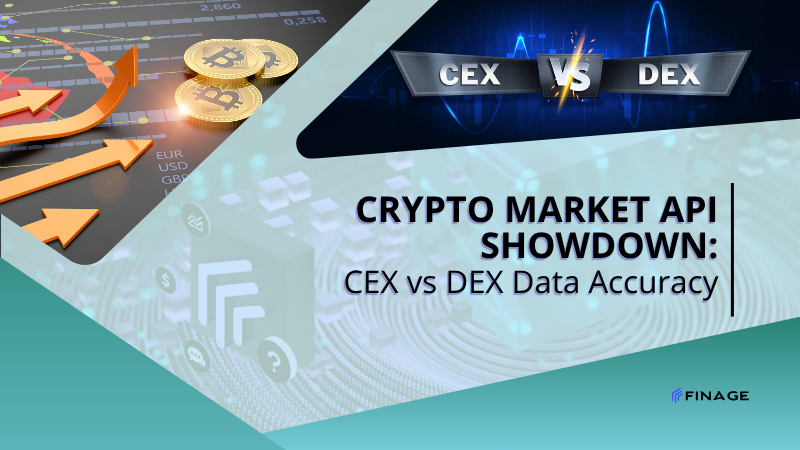Finage Data Factory: Transform the Data | Part 2
4 min read • April 25, 2021

Introduction
Data Factory: Full Overview
Data is a very valuable tool for every organization. In fact, could you really say you have a business without it? Probably not. That being said, the nature of data matters as well. The wrong kind of information can slow down business or even completely halt its progress. Let’s check out the main stages in data management. And as all processes start when you acquire the beneficial data, here is the first approach to begin with:
#2: Transform the Data
Data is valuable that’s not debatable. Nevertheless, the manner in which it is presented can make it useless even if it has the ability to potentially solve a problem. In most cases, the data initially collected from a source is redundant. It has to get through a sequence of modifications to make it usable.
Let's look at a scenario where this is the case. Let’s say a company that provides trading software to the general public. The nature of stock trading involves a lot of data, especially tracking the fluctuations in the rates of stock. This company requires a constant input of data for its product to be functional. Although quantity is an important factor in this case, the quality is as important if not more so.
The main idea here is to have clean data coming into your system without any inhibitions. This can be done by taking note of two important details. The first is optimizing the data and the next is maintaining its quality to evade possible errors.
Boosting the data
The next step involves the optimizations of data so that it can be ready to be used for specific channels. Although the step of transformation does a good job in getting the data ready, in many cases it also requires refining. Let’s look at a typical example, websites that are dedicated to posting vacancies provide specific data to organizations looking to hire. This data usually includes:
- Candidate information (name and contact information)
- Any useful information that will give a bigger idea of what the vacancy is all about
- Qualifications of candidates, which are usually listed on their resumes
- Name of company
This data has gone through multiple filters and can be described as clean. However, even clean data can be hard to keep up with especially if present in large volumes. Another issue that can be encountered with this data of this nature is that it is not constant. That makes it hard to predict and understand what will happen to the information or if it has been used or not.
Sticking to our example, further breaking down this clean data will optimize it even further. This process involves categorizing it so that each element falls under its own group. By doing so, you can easily track what is going on with the data, and users of the site can perform specific tasks, a function that is more productive both for them and you as a company.
Keeping the data performance consistent
The process of data transformation also manages to accomplish one important thing: ensuring that the acquired data preserves its good quality. One of the most common issues with managing data is using symbols to represent it. This process is useful but can be exhausting and uneventful. The complexity of this process increases when you have to deal with multiple variables from different sources.
This issue is commonly encountered when dealing with physical locations, names of different products, and production companies. The solution to handling this diverse dataset is to find a tool that has the capability to map the different components of data into a more simplified and easy-to-understand format. These mapping tools are now extensively used by companies to improve the relationships they have with their clients by focusing on the data that matters in this regard.
Mapping datasets have also been used to make complex calculations in a given set of data and show you the numbers that really matter the most. For instance, a company can be able to see how much they rely on a particular prospect or relationship. This value is expressed as a percentage and you can decide where pursuing a particular route of business is safe or not.
Thanks to symbology practices, data has become easier to interpret. With the right tool, you’ll keep all the data consistent and this means the chances of error will proportionally drop. Because it is a tough concept to grasp, symbology should only be done by a professional. Getting one involved reduces the chances of failure. The result of data mapping, when done successfully, is very satisfying.
Claim Your Free API Key Today
Access stock, forex and crypto market data with a free API key—no credit card required.

Stay Informed, Stay Ahead
Finage Blog: Data-Driven Insights & Ideas
Discover company news, announcements, updates, guides and more


